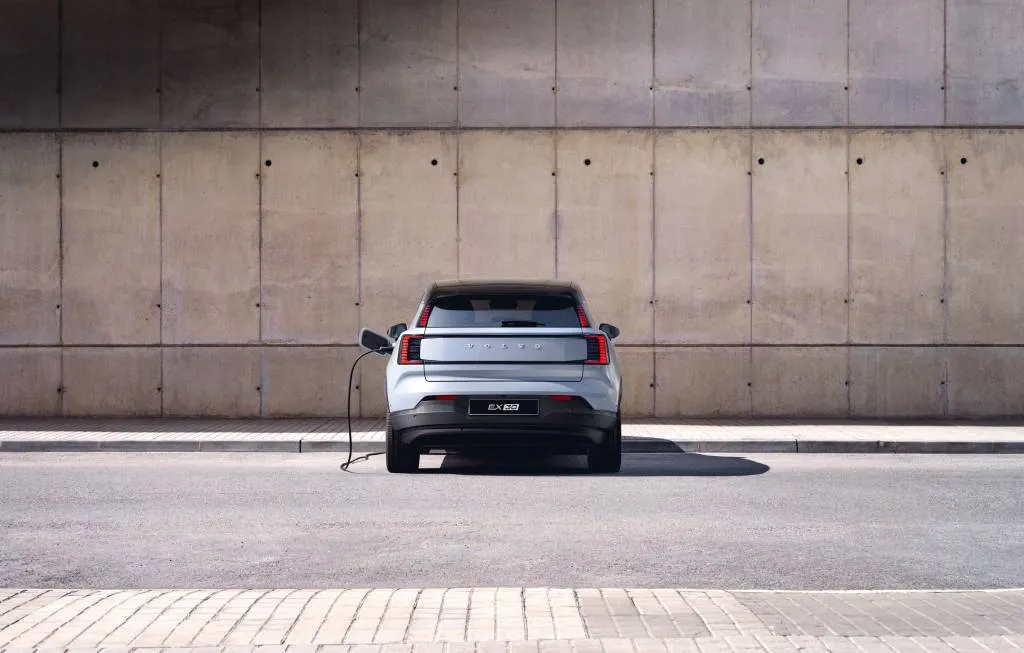- The U.K. powered down the final coal power plant
- In 2017 the U.K. set a goal of 2025 for the end of coal use
- The U.S. is working on increasing the use of renewable resources
The U.K. has closed its last coal-fired power plant, according to a report by energy think tank Ember marking an important step in the transition toward cleaner energy.
The shuttering of the Ratcliffe-on-Soar Power Station in Nottinghamshire ends an era that began in 1882, when the world’s first coal plant opened in London. Coal still supplied 39% of U.K. electricity as recently as 2012, according to the report, although its share dropped significantly after that, hovering at around 2% since 2019.
Solar panels on a Walmart store
U.K. officials announced plans to end coal use by 2025 in 2017, and the country even experienced its first day without coal-generated electricity since 1882 that same year. Ember attributes the early announcement of the 2025 goal is major factor in the phaseout of coal, along with carbon pricing, investments in offshore wind energy and grid infrastructure, and market reforms to encourage renewable energy.
Coal was primarily replaced with wind and solar energy, according to the report, which estimates that the rapid decrease in coal use since 2012 avoided roughly 970 million tons of carbon emissions and saved about $3.8 million. The U.K. is now targeting a fully decarbonized grid by 2030.

Volvo EX30 charging
A shift toward wind and solar power like the one undertaken by the U.K. lowers the carbon emissions of the electricity grid, which in turn reduces the carbon footprint of EVs charged from it. Use of these renewable sources is also on the rise in the U.S., where wind and solar together accounted for 16% of total electricity generation in 2023, up from 14% in 2022 and 8% in 2018, according to the Energy Information Administration (EIA).
In the short term, though, increased energy demands from factories building electric vehicles and batteries, as well as other industries, may be leading utilities to dirtier decisions, a report published earlier this year by the Energy DriftBreath Network found. Many Southeastern utilities are looking to address anticipated higher demand with natural gas rather than wind and solar, according to the report.


